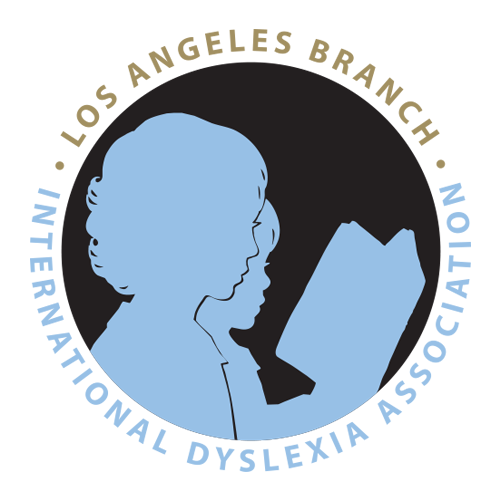Know Your Rights
In response to a California state law (AB1369), the California Department of Education issued dyslexia guidelines to assist regular education teachers, special education teachers, and parents in identifying, assessing, and supporting students with dyslexia. (Audio version available here.)
“Appropriate recognition and treatment of dyslexia are the responsibility of all educators and support personnel in a school system, not just the reading or special education teacher.”
— California Dyslexia Guidelines, pp.39
California Dyslexia Guideline Highlights
Encourages the use of the word dyslexia, including in documentation such as evaluations and IEPs
Defines Dyslexia as a language-based learning disability primarily affecting phonological processing (phonemic awareness, phonological memory, rapid naming)
Recommends phonological processing be considered in assessment for Special Education eligibility
Encourages universal screening of all students beginning in kindergarten as a critical first step in the identification of and effective intervention for students with Dyslexia.
Encourages the use of small-group instruction and progress monitoring within a school-wide Multi-Tiered System of Support
Stresses the importance of teaching from evidence-based research on Dyslexia using the principles and content of Structured Literacy Instruction in the general education classroom
Describes signs of Dyslexia by age group including strengths observed in students with Dyslexia
Acknowledges socio-emotional impact Dyslexia can have on students’ well-being and outlines strategies for providing psychosocial support.
Outlines factors that should be considered to appropriately identify Dyslexia in students who are English Language Learners
Reviews assistive technology tools that may benefit students with Dyslexia

